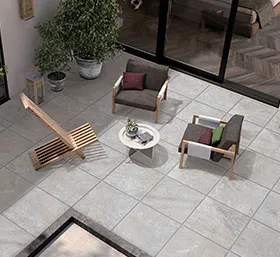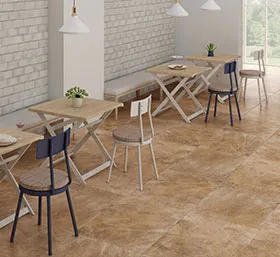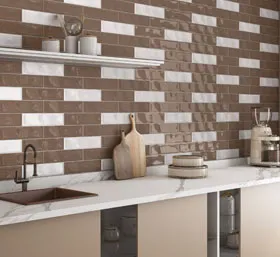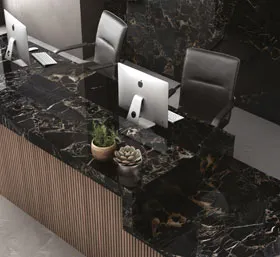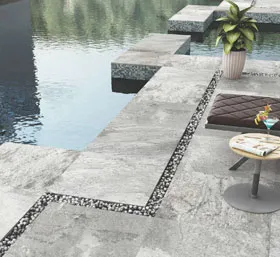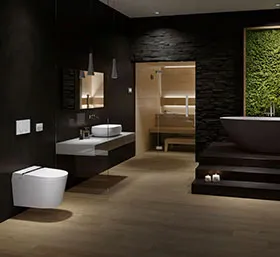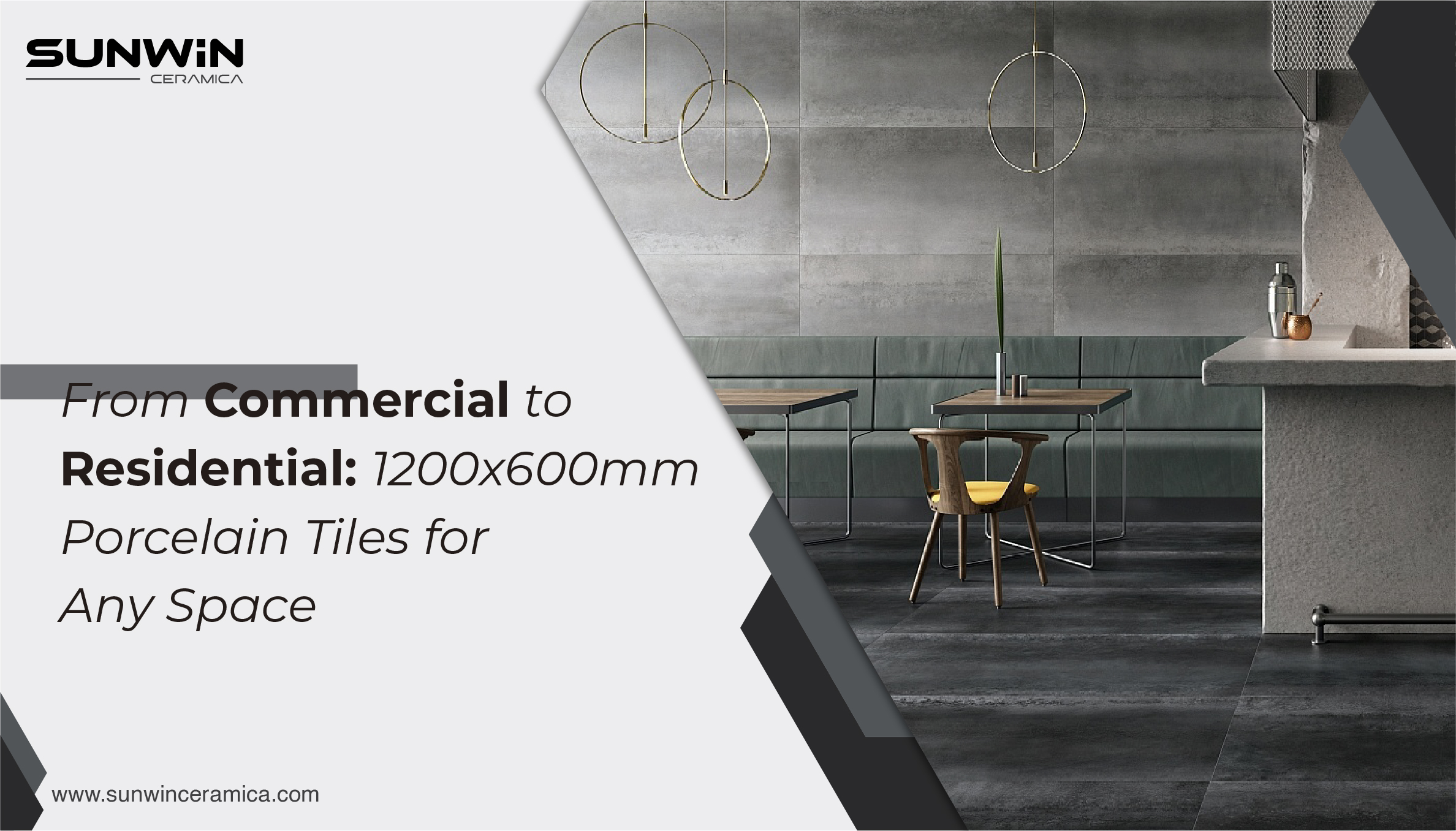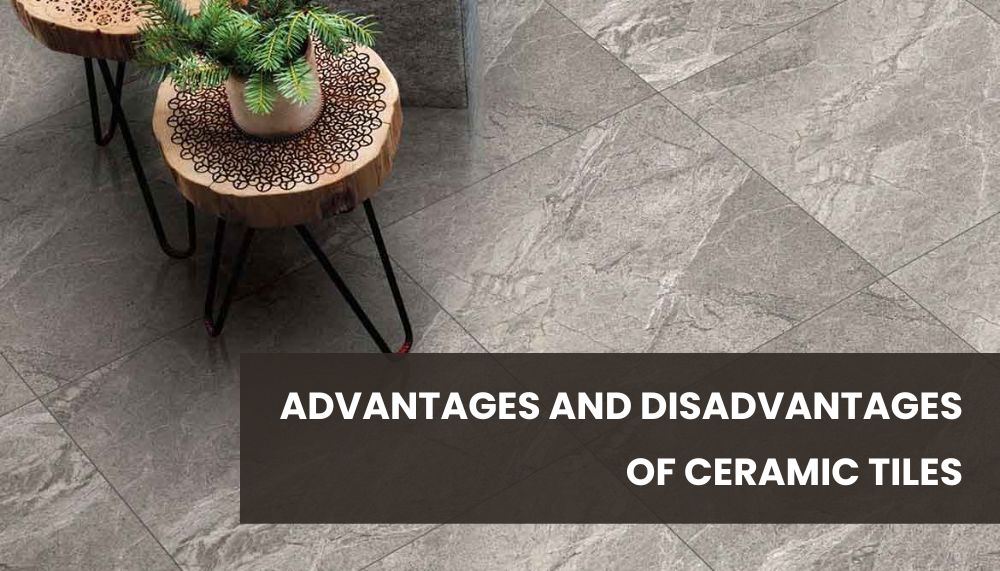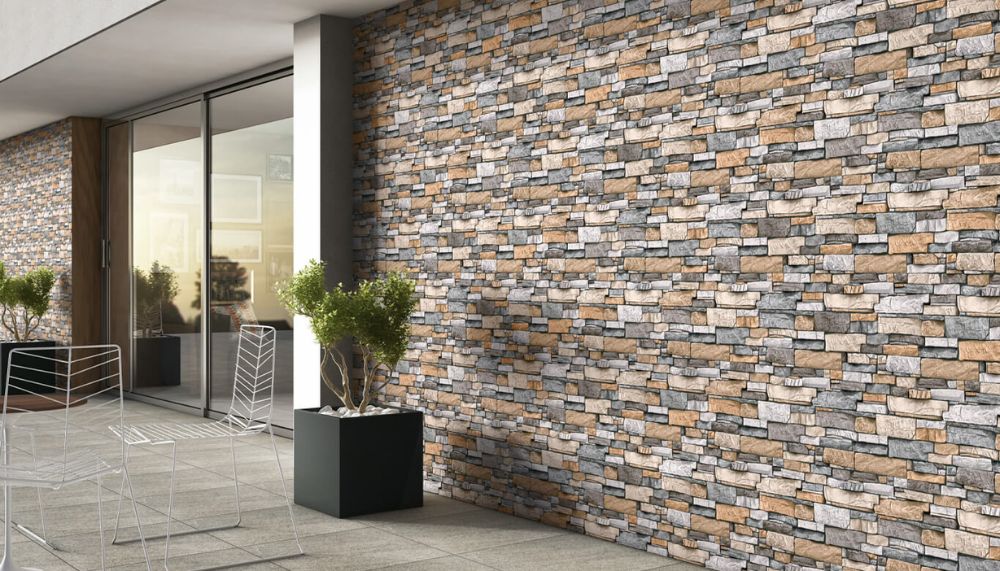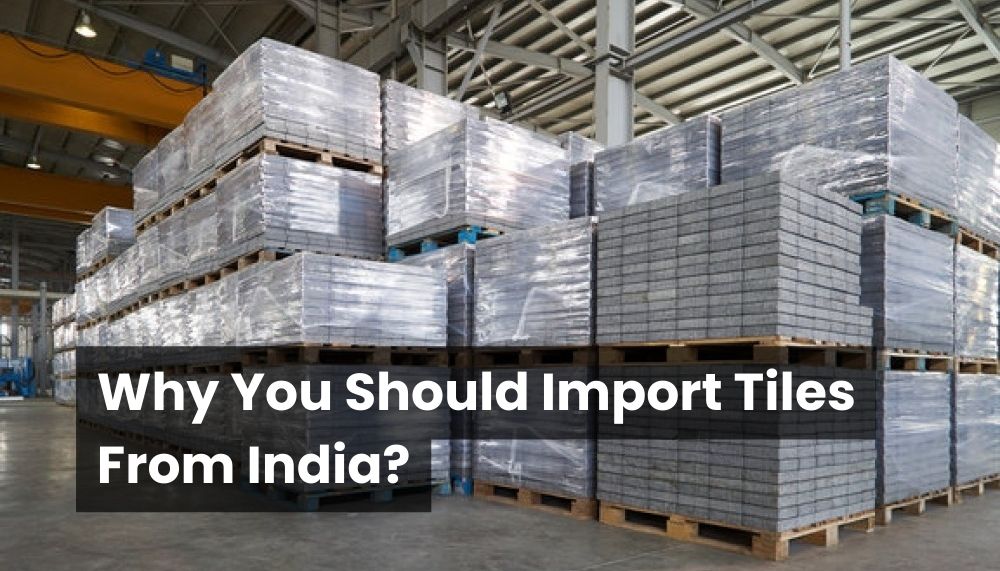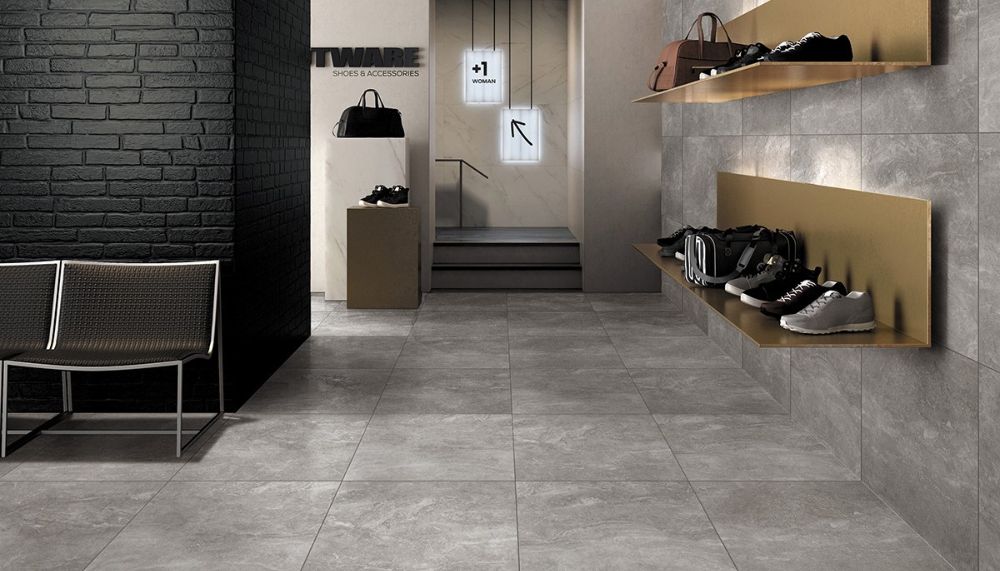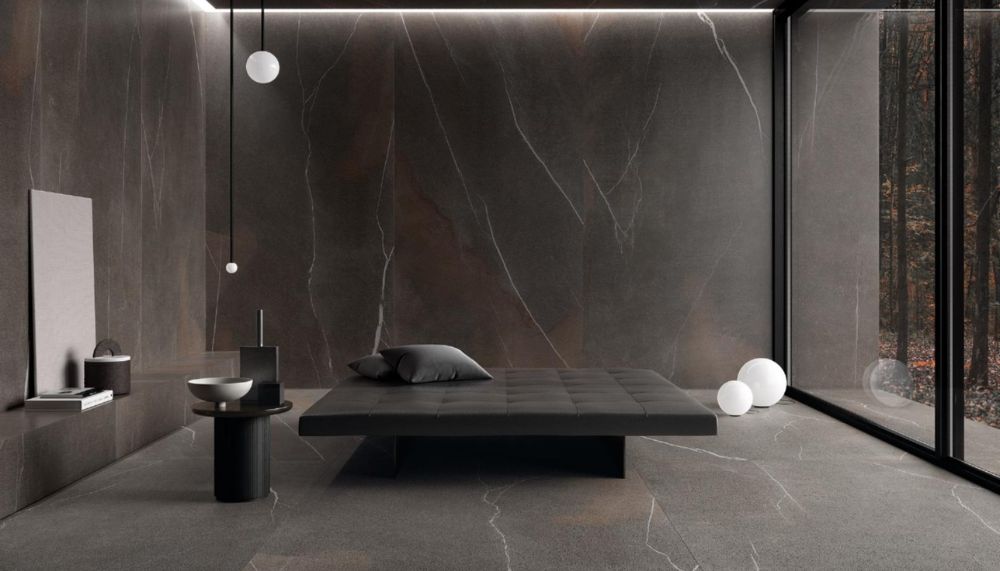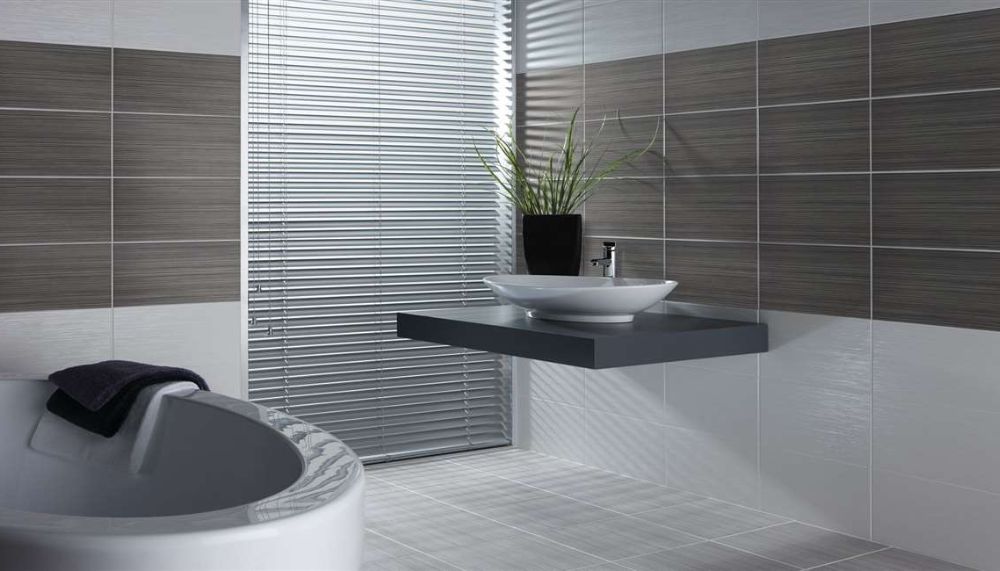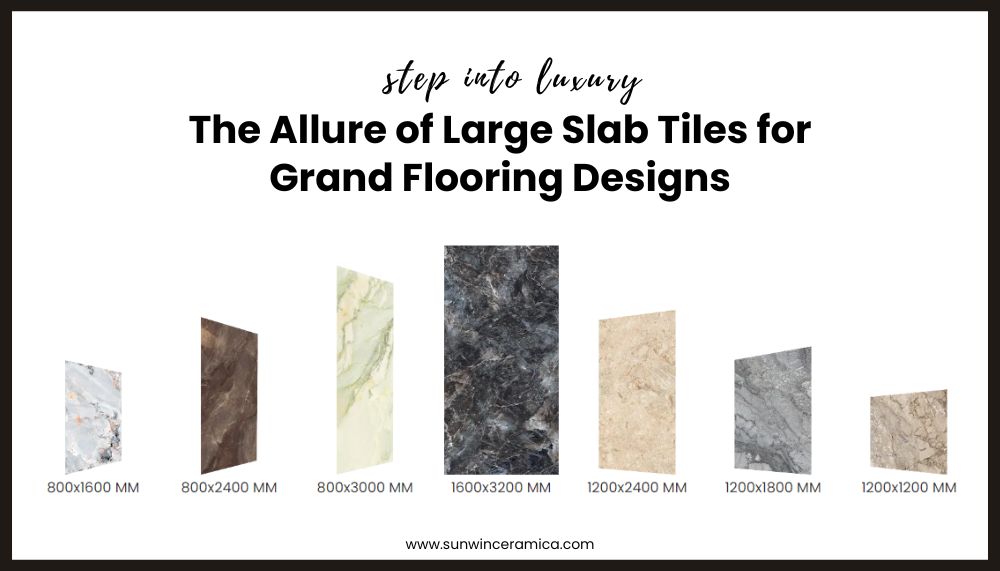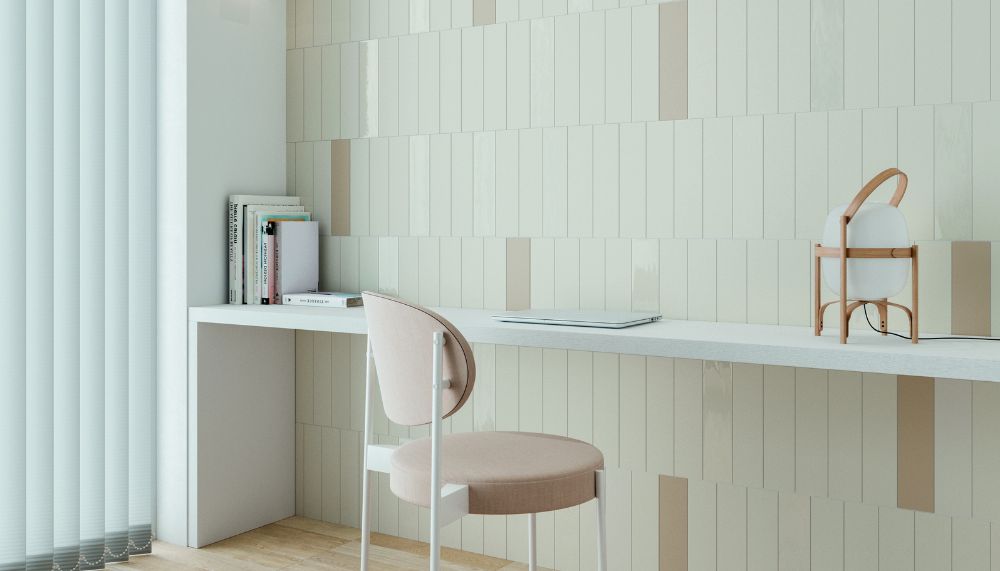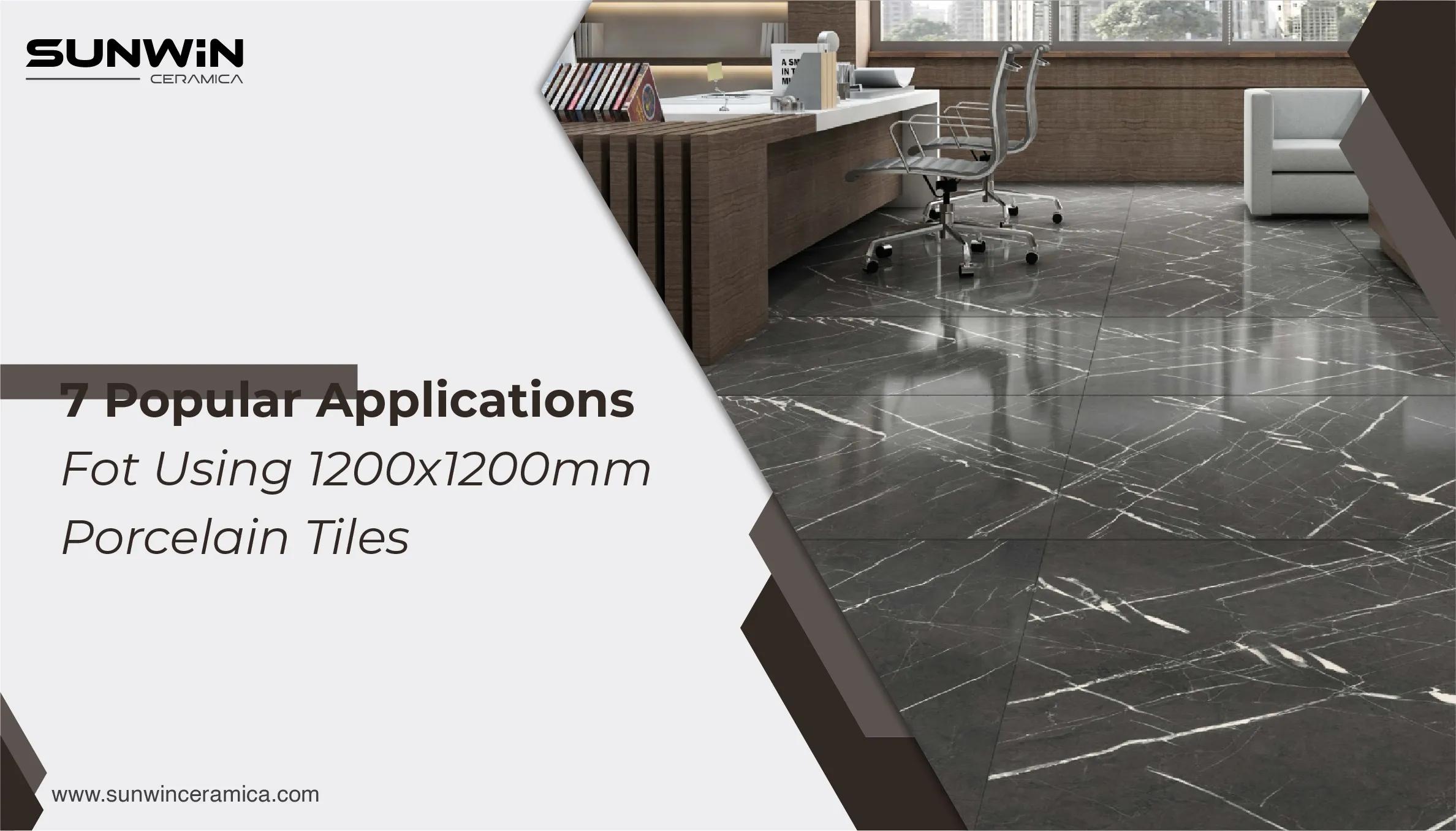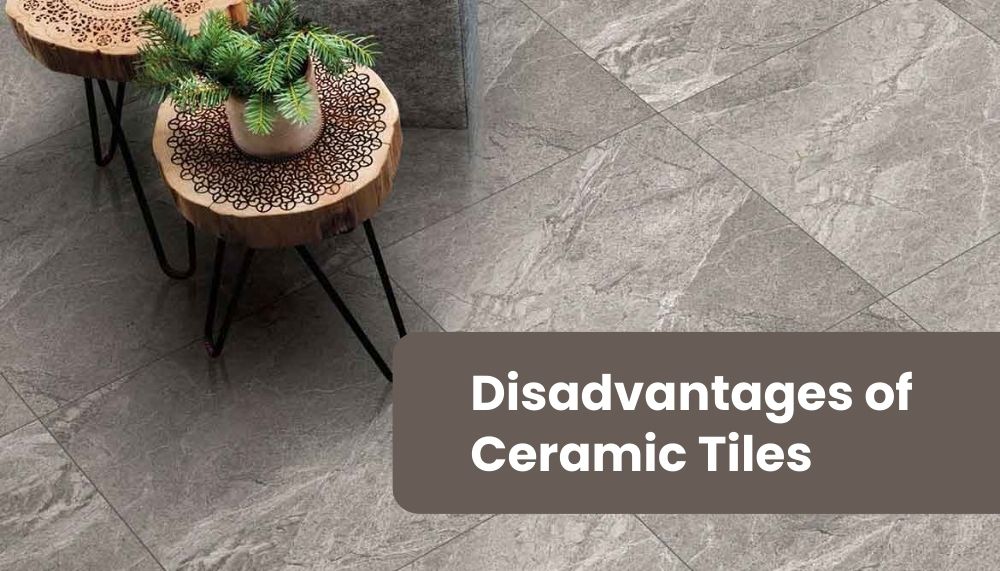
Ceramic tiles are a popular choice when both interior and exterior are taken into consideration, because of their amazing features or characteristics. While these tiles offer several advantages, it's crucial to understand the potential drawbacks before making an informed decision.
In the blog, we delve into the disadvantages, ensuring that the decision of choosing ceramic tiles should be an informed one before tiling the house.
7 Disadvantages of Ceramic Tiles
1. Brittle Nature
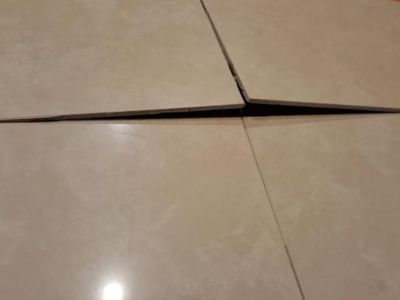
These tiles have a reputation for being brittle. These are prone to damage when they suffer from a heavy impact. Cracks and chips are very common for ceramic tiles. These are usually disregarded in heavy-traffic areas. Such instances show that sturdiness is most In these situations, more adaptable and sturdy materials like natural stone or porcelain might be a better option.
2. Cold and Hard Surface
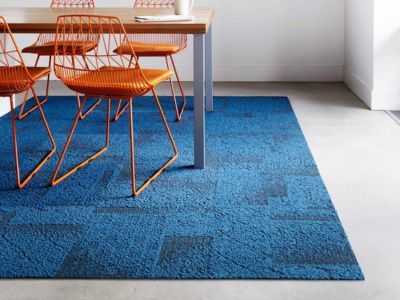
The ceramic tiles have a cold, hard surface that is uncomfortable to walk on, especially when barefoot. Ceramic floors feel icy in colder climates, so they're not the best choice for living areas or bedrooms where warmth and coziness are sought after during the winter. Although rugs and mats help offset this problem, some spaces may not be the best fit for these tiles due to their inherent coldness.
3. Maintenance Challenges

Ceramic tiles can be difficult to clean, particularly those with textured or unglazed surfaces. Unglazed tiles are porous, which causes staining, and grout lines in particular are notorious for accumulating dirt and grime over time. To maintain the best possible appearance of the tiles, thorough and regular maintenance is required.
Furthermore, some cleaning solutions might be overly abrasive, which could harm the grout lines or tile finish.
4. Vulnerable Grout Lines
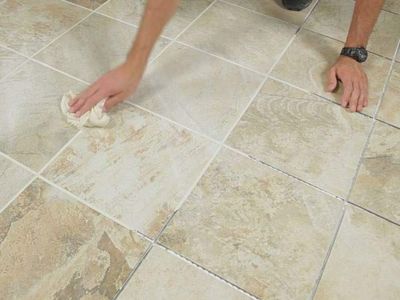
The grout lines between these tiles are susceptible to deterioration even though the tiles themselves are strong. Grout becomes chipped, cracked, or discolored over time. The tiled space's structural durability and appearance are both impacted by the vulnerability. The lifespan of grout depends on regular sealing and upkeep, which raises the total maintenance needs for ceramic tile installations.
5. Limited Design Options
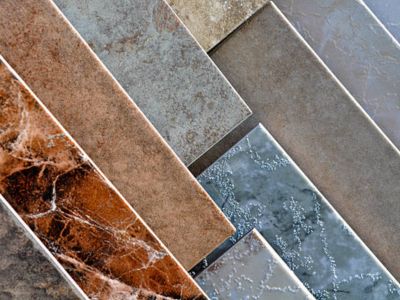
The ceramic tiles have wide options in design, while they may have limited collections when compared with other materials. They sure do not disappoint you with the designs. Intricate or custom designs may be more challenging to achieve with these tiles due to their predetermined sizes and shapes.
If you have a highly specific design in mind, it may be more feasible to explore alternatives like porcelain, which be customized to a greater extent.
6. Susceptible to Staining
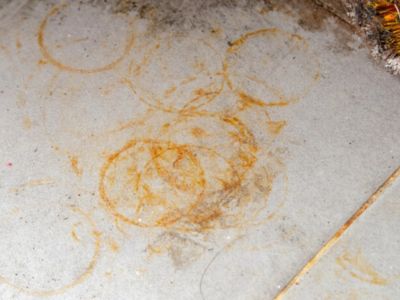
Ceramic tiles are likely susceptible to staining. This usually happens when they have unglazed or porous surfaces. Spills from liquids like red wine, tomato sauce, or colored beverages leave lasting stains on the tiles. It is a significant disadvantage, particularly in kitchens and dining areas where spills are common. Stain-resistant options, such as porcelain tiles or glazed ceramics, are worth considering if this is a concern.
7. Not Ideal for Outdoor Use
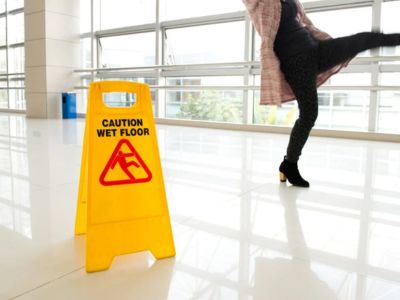
There are individuals who opt for ceramic tiles for outdoor use, but if you consult a professional, there are other options that cater the best like porcelain. The ceramic tile, brittle by nature is prone to damage in weather conditions, such as freezing temperatures, leading to cracks and breakage.
Additionally, the ceramic tiles have low slip resistance, making them inefficient to be placed in spaces prone to wet or rainy conditions. Just making them less safe for outdoor areas like patios or pool decks.
Final Word
In conclusion, ceramic tiles offer numerous benefits but also have many disadvantages. It is essential that you are fully aware of their drawbacks before selecting them for your beloved home project. There are several factors to consider, before selecting them for outdoor spaces. Yet, these make the best choice when placed in low-impact areas, and prove to be beautiful and durable. So make sure you do not overlook the advantages.
